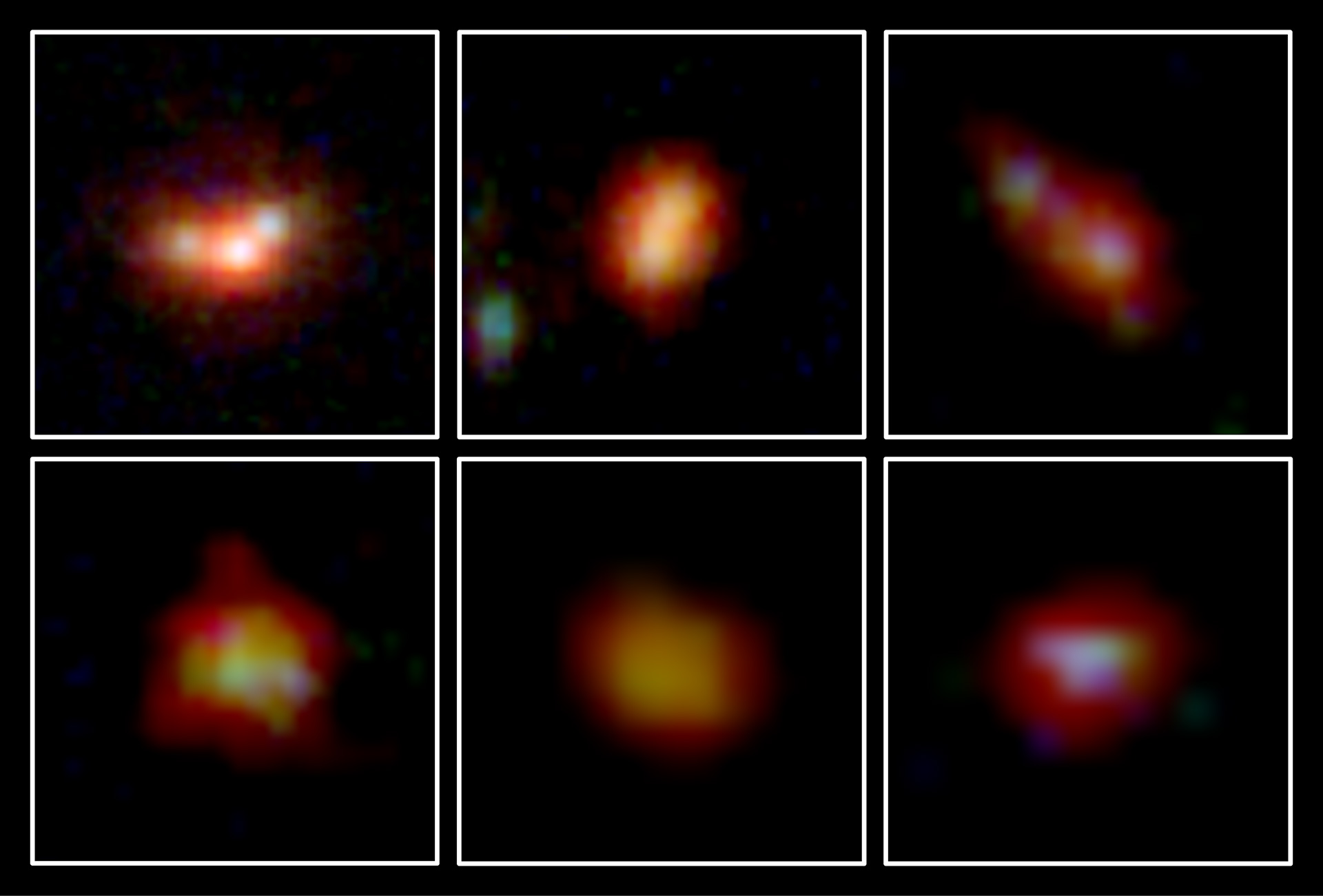
Using new data from the James Webb Space Telescope, astronomers have measured the abundance of oxygen in the early Universe. The findings show that the amount of oxygen in galaxies increased rapidly within 500-700 million years after the birth of the Universe, and has remained as abundant as observed in modern galaxies since then. This early appearance of oxygen indicates that the elements necessary for life were present earlier than expected.
In the early Universe, shortly after the Big Bang, only light elements such as hydrogen, helium, and lithium existed. Heavier elements like oxygen were subsequently formed through nuclear fusion reactions within stars and dispersed into galaxies, primarily through events like supernova explosions. This ongoing process of element synthesis, unfolding over the vast expanse of cosmic history, created the diverse elements that constitute the world and living organisms around us.
A research team led by Kimihiko Nakajima at the National Astronomical Observatory of Japan used data from the James Webb Space Telescope (JWST) to measure the oxygen in 138 galaxies that existed in the first 2 billion years of the Universe. The team found that most of the galaxies had oxygen abundances similar to modern galaxies. But out of the 7 earliest galaxies in the sample, those that existed when the Universe was only 500-700 million years old, 6 of them had roughly half the predicted oxygen content.
This rapid increase in oxygen content occurred earlier than astronomers were expecting. This opens the possibility that with the necessary ingredients, like oxygen, already readily available in the early Universe that life may have appeared sooner than previously thought.
Detailed Article(s)
Rapid Increase in Oxygen in Early Universe
ICRR
Release Information
Researcher(s) Involved in this Release
- Kimihiko Nakajima (Project Assistant Professor @ National Astronomical Observatory of Japan)
- Masami Ouchi (Professor @ National Astronomical Observatory of Japan, Professor @ Institute for Cosmic Ray Research, The University of Tokyo)
- Yuichi Harikane (Assistant Professor @ Institute for Cosmic Ray Research, The University of Tokyo)
- Yoshiaki Ono (Assistant Professor @ Institute for Cosmic Ray Research, The University of Tokyo)
- Yuki Isobe (Doctoral Student @ Graduate School of Science, Tohoku University)
- Hiroya Umeda (Doctoral Student @ Graduate School of Science, Tohoku University)
- Masamune Oguri (Professor @ Center for Frontier Science, Chiba University)
- Yechi Zhang (JSPS Postdoctoral Fellow @ National Astronomical Observatory of Japan)
Coordinated Release Organization(s)
- National Astronomical Observatory of Japan
- The University of Tokyo
Paper(s)
- Kimihiko Nakajima et al. "JWST Census for the Mass-Metallicity Star Formation Relations at z = 4-10 with Self-consistent Flux Calibration and Proper Metallicity Calibrators", in The Astrophysical Journal Supplement Series, DOI: 10.3847/1538-4365/acd556






